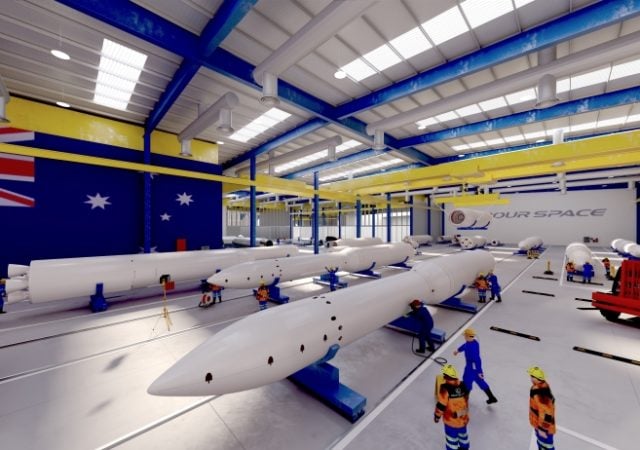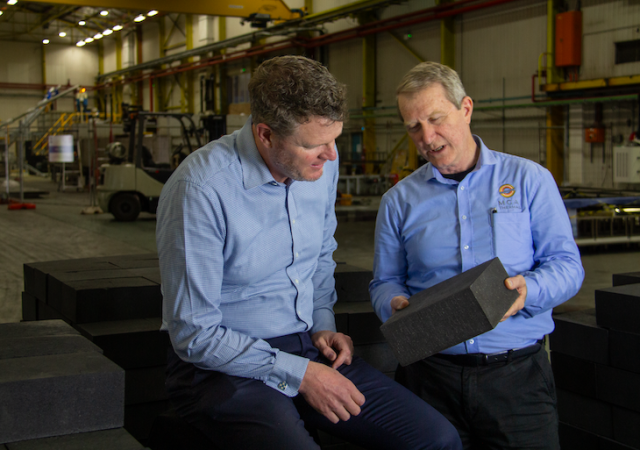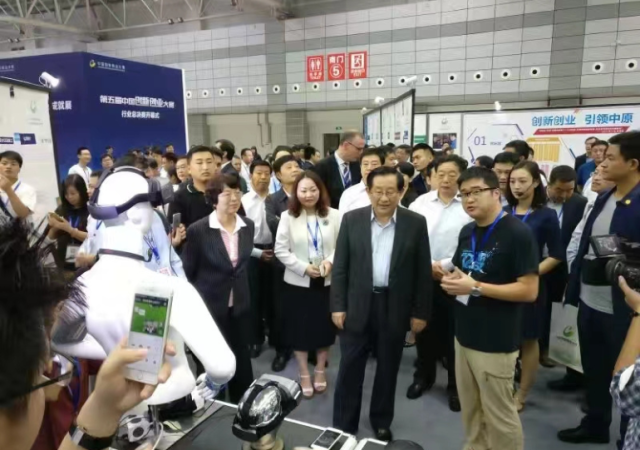After decades of talk and opinion and vibes about working remotely and job flexibility, COVID-19 has delivered dramatic and rapid change to the way many people work.
If you weren’t already using remote communication technologies such as Slack and Zoom, it’s been a crash course in staying in touch, and a University of South Australia academic, Professor Bruce Thomas, believes the changes forced on us by the pandemic could prompt a wave of innovation in virtual and augmented reality applications.
Prof. Thomas, director of the university’s Australian Research Centre for Interactive and Virtual Environments (IVE), says it’s a matter of necessity being the mother of invention.
“The current pandemic situation is going to push users and developers of remote collaboration technologies to find out what works and what doesn’t, and what solutions really need to be delivered,” he said.
“Higher uptake and demand usually lead to a technology being scrutinised and refined, so I expect we’ll see some real innovation in this area over the coming months.”
With existing interest in remote collaboration technology already strong due to its potential to reduce the carbon footprint of many businesses, his team is currently engaged in a range of projects that aim to increase the richness and versatility of the shared experience for remote users.
One research team, led by Professor Mark Billinghurst, is working on a system that allows a remote expert to guide an individual through a complex task at another location through a combination of AR and 360-degree video.
“This will allow highly skilled experts in fields such as medicine, engineering and maintenance to apply their knowledge in multiple locations without having to travel there physically,” Thomas said
“It’s a bit like when you share your computer desktop with an IT expert, but you are able to share your whole, real-world working environment.”
IVE researchers are also developing VR interfaces that will allow large numbers of users to share the same virtual space, which could allow for virtual meetings in which participants can share a full range of emotions, gestures and presentations.
Prof Thomas says the back-end capability for that is already in place.
“The challenge is the front end, the interface – how do you share the experience in a meaningful way. How do you have people interact in a lifelike fashion?” he said.
“Related to this, we’re looking at a system that uses physiological data to allow the computer to track emotion and responses, so these can be included as part of the experience, making the interaction far more lifelike.”
With IVE researchers currently following work-from-home protocols themselves, Prof Thomas believes the next few months could see the team undertake some real-world testing of various technologies.
“I think initially we’ll stick with the existing, established communications methods while we get used to the situation, but as we become accustomed, we can start to trial some of the more experimental systems we are working on,” Prof Thomas says.




















Trending
Daily startup news and insights, delivered to your inbox.